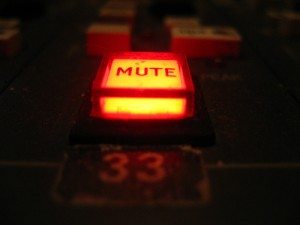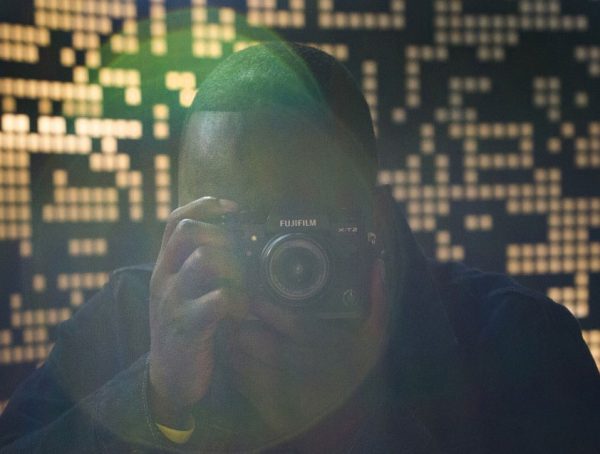 There’s something missing from a lot of television and online video stories, and without it, those stories fall flat. Every picture should have a sound to convey the full experience of what it was like to be there. That’s what visual storytelling does best. But if you don’t capture crisp, clear natural sound, you can’t share that experience with the audience.
There’s something missing from a lot of television and online video stories, and without it, those stories fall flat. Every picture should have a sound to convey the full experience of what it was like to be there. That’s what visual storytelling does best. But if you don’t capture crisp, clear natural sound, you can’t share that experience with the audience.
Great photographers know this and they work hard to get the sound they need. Here are some tips from the pros:
Listen closely at all times: To make sure you collect the sound you’ll need to tell the story, former NPPA editor of the year Brian Weister advises closing your eyes. “Listen, and then go shoot it,” he says.
“I drive with my windows down, listening for good stories,” says former NPPA photojournalist of the year Corky Scholl. When he finds them, he makes an extra effort to get great audio. Obviously, Corky cares about photography, but he says, “I would take a great sound bite over a nicely composed shot any time.” Another former POY, Ted Nelson from WTVF in Nashville, often rolls just to capture sound, and shoots video later that he can use to go along with it.
And then there’s this essential advice from Seattle photojournalist Tim Griffis: “Wear headphones or an earpiece so you don’t miss a moment.”
Get close: Put a microphone right next to the action. Wireless mics make that easier, but you can do it with any microphone. In one story, Scholl put a mic on a birdfeeder, and captured the buzzing sound of a hummingbird’s wings. “It makes the shot more compelling,” he says. Nelson often uses a wireless shotgun mic to get in close. “I don’t see any reason why somebody would look up from their food” for a story that’s just track-bite-track, says Nelson.
In breaking news situations, former KPNX photojournalist Julie Jones often asked the reporter she was working with to wander with a wireless in search of sound while she shot the scene. “Let’s say the fire captain is frantically telling the reporter that they are concerned with the other side of the building,” she says. “Boom! Got your sound, got your information you need to keep shooting this thing.”
Time shots for sound: Nelson makes sure the reporter he’s working with knows when to ask questions to get the best usable sound. In one story, he framed an interview subject with a backyard baseball game in the foreground, and told the reporter to ask a question as soon as the ball was pitched. The result: a shot that begins with the crack of the bat, followed immediately by a soundbite.
Use what you get: Nelson logs natural sound while the reporter writes, and often builds a nat sound sequence or two while he’s waiting for a script. He’ll tell the reporter what elements he’s using so they’re both on the same page. As an editor, Weister says his niche with the station’s producers is giving them more than they expected. His specialty is turning “just a V/O-SOT” into a 45-50 second natural sound mini-package that tells a more complete story in just a little more time.
Let sound dictate edit: Weister uses sound differently, depending on what type of sound it is. He’ll cut directly to a sharp, crisp sound like a hammer hitting a nail, but he’ll bring up a droning sound like a circular saw 20 frames ahead of where he wants it up full, and then will fade it back down. And don’t think of natural sound as something to break up narration. When you capture good sound, says Griffis, use it to glue your story together, like “mortar between bricks.”








